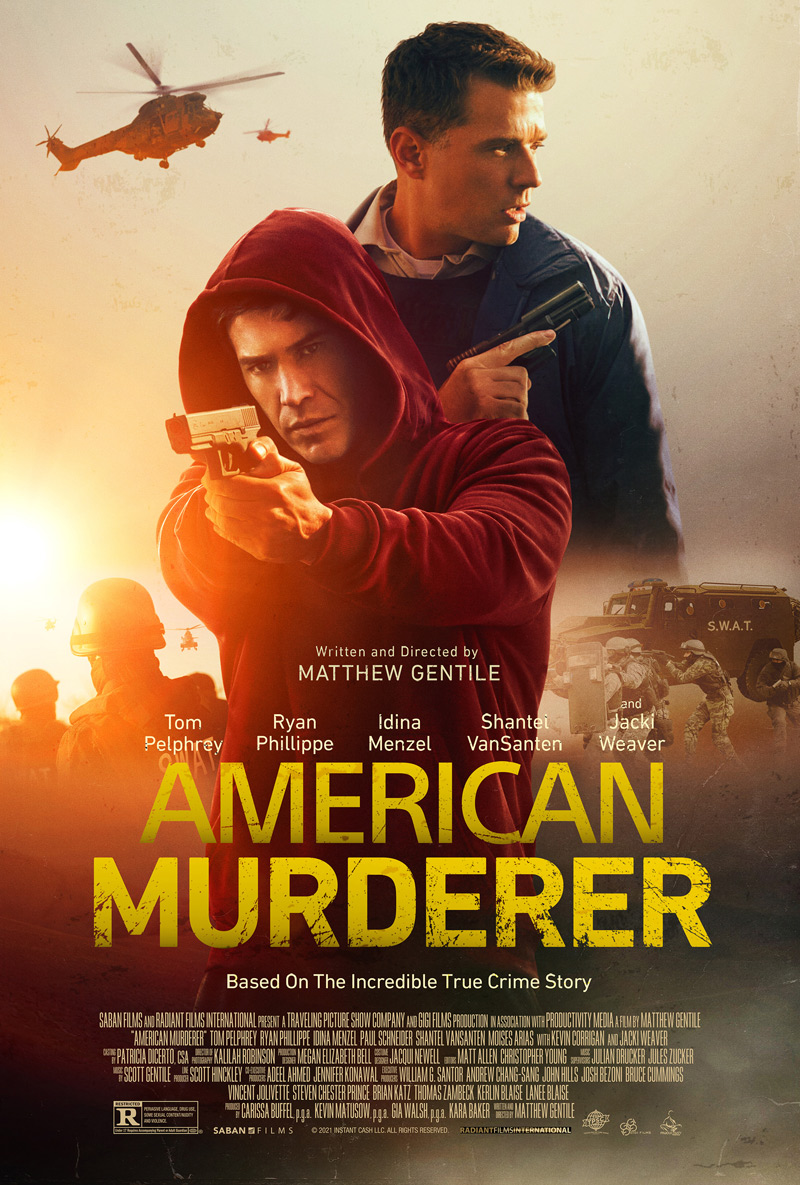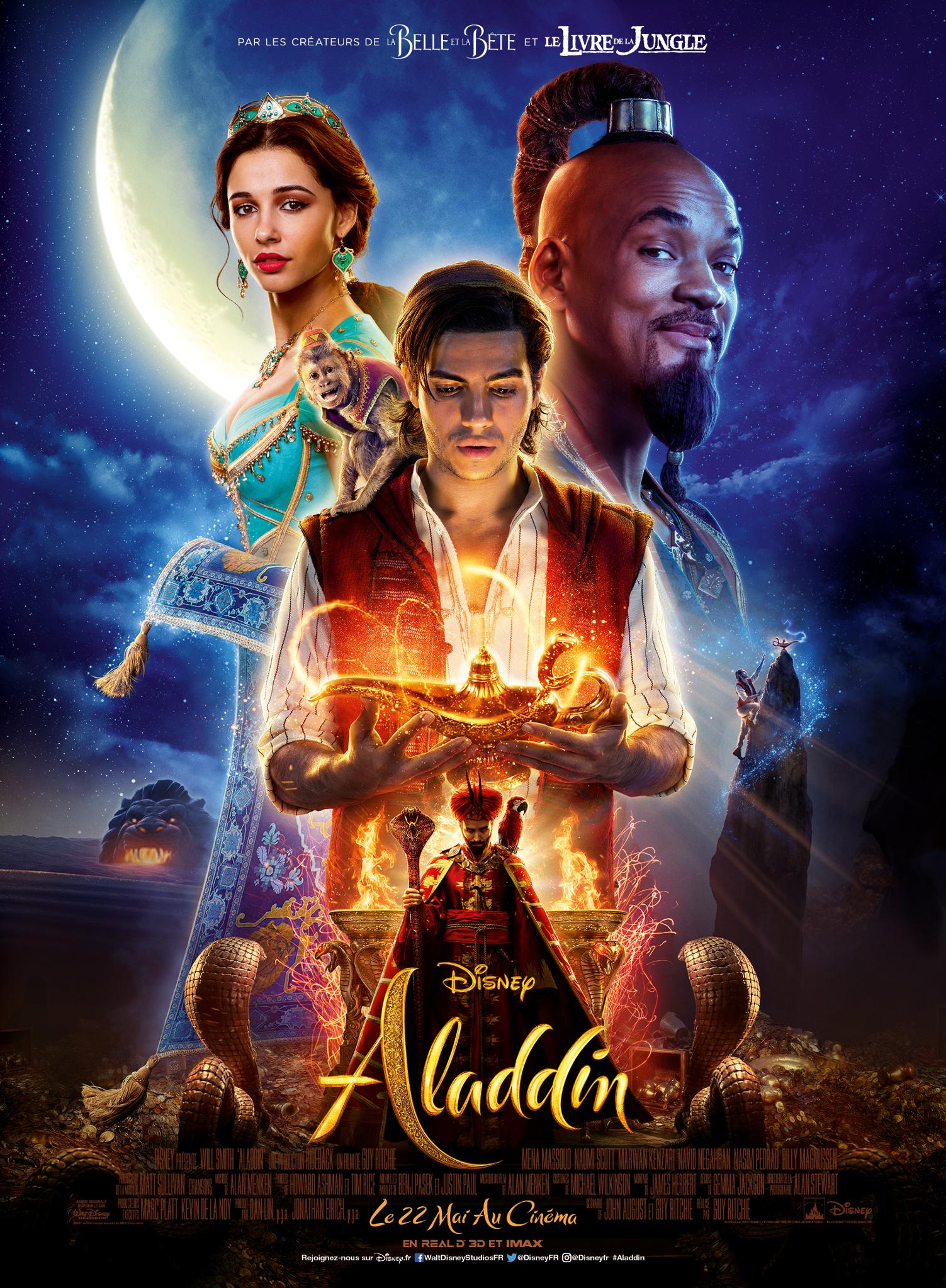Film Rebel Wilson - Exploring Cinema's Many Faces
Thinking about cinema, you might consider how a particular work, say a film connected to Rebel Wilson, fits into the broader picture of movies. It's almost as if the very idea of a "film" carries a certain weight, a kind of serious feel, more so than just calling something a "movie." That, you know, is often how people talk about these things, with one term feeling a bit more formal, a little more artistic, perhaps.
When we talk about a film, or maybe a motion picture, we're really looking at a kind of visual creation that tries to bring experiences to life. It also tries to share thoughts, narratives, different ways of seeing things, even feelings, or a certain mood. So, it's not just about what's on the screen; it's about what it makes you feel or think, too. A film, in its essence, is a way of showing moving pictures, like the kind you see in videos, and making them is a visual craft that lets people share their accounts and their thoughts.
People have been making and watching these moving images for a very long time, and the way we access them has certainly changed. From finding places to grab movie posters or still images, like on sites such as Douban Movie or IMP Awards, to considering how we get these big files, the journey of film, like any associated with someone like Rebel Wilson, involves many different elements. There's a whole process, you see, from the initial idea to the final viewing.
- What Makes a Film a "Film" Anyway?
- The Story of Moving Pictures - A Look at Film History
- Getting Your Hands on Film - Where Do We Find It?
- Putting It All Together - The Art of Film Creation
- The Wider Reach of Film - How It Connects
What Makes a Film a "Film" Anyway?
When someone mentions "film," it often points to a specific piece of work, a particular movie, you know, like a good one. At that moment, it means the same thing as "movie." Yet, by common custom, "film" often feels a bit more earnest, a touch more refined, while "movie" comes across as more ordinary. The very source of the word "movie" also has something to do with motion, which makes sense, really. It's about things moving on a screen. So, you might say a film, like one featuring Rebel Wilson, fits into this interesting difference in how we talk about visual stories.
Beyond the simple definition, a film is, quite simply, a thin covering or a skin-like layer. This, of course, is another meaning of the word "film," not related to moving pictures at all. But it shows how words can have many jobs. So, when we use "film" in a sentence, we have to be clear which idea we're getting at. It could be about a piece of cinema, or it could be about a very fine coating, perhaps on something like a window. It's a bit like a linguistic trick, isn't it?
A film, in the sense of a motion picture, is a piece of visual creation that tries to show experiences and, in other ways, shares thoughts, accounts, ways of seeing things, feelings, or a certain feel. It uses sound and picture methods, along with many different approaches, to get its message across. This means a film, even a film by Rebel Wilson, uses a whole range of creative choices to tell its tale. It's not just about the people in it, but how the whole thing is put together.
- Cast Of Mr Mrs Smith 2024 Tv Series
- Sophia Pippen
- Aubreigh Wyatt
- Actors From Shake It Up
- Shania Twain Husband
The Story of Moving Pictures - A Look at Film History
Looking back at the story of film, you cannot, as a matter of fact, want both the shining years of the nineteen-thirties and forties, with their industry doing so well, and also the left-leaning ideas and counter-culture of the nineteen-sixties and seventies. It’s like wanting both the bright presence of white actors and actresses on the screen in those earlier decades and also the movements for freedom for Black people and the dream of equality that came later. These were very different times, and they shaped what film became, you see. A film, even one by Rebel Wilson, comes from a long line of these changes and shifts in what people thought was important.
The cinema, in some respects, has always been a mirror of society, showing us what we are, or what we wish to be. The way stories were told, the people who were shown, and the ideas that were explored, all of it changed as the world changed. So, if you think about how film has developed, it’s not just a straight path. It’s more like a winding road with many turns, each one bringing new ways of thinking and new kinds of stories to the screen. That's just how it goes, really, with any art form that reflects life.
Early Days and Shifting Views on Film Rebel Wilson
The early times of film, roughly from the nineteen-thirties and forties, were often called a "golden age" for the industry. There was a lot of excitement and money flowing, and certain types of stories and actors were very popular. Then, in the nineteen-sixties and seventies, things shifted quite a bit. There was a strong move towards different ways of thinking, often challenging the old ways. This was a time of what people called "anti-culture" movements, you know, where established ideas were questioned. This shift in thinking, in a way, touched every part of how films were made and what they were about, influencing, perhaps, even the very idea of a film associated with Rebel Wilson, as these historical currents shape all who follow.
During these later periods, there was also a powerful movement for Black liberation, which brought forth ideas like "I have a dream." This meant that the stories being told on screen, and the people telling them, started to become much more varied. It wasn't just about certain groups anymore; it was about representing a wider range of human experiences. So, the evolution of film, including how we might consider a film with Rebel Wilson, is deeply tied to these bigger social changes. It's quite a fascinating journey, actually, how these things connect.
Getting Your Hands on Film - Where Do We Find It?
When you’re looking for film materials, like movie posters or pictures from a set, there are, as a matter of fact, several places you can go. These spots are like treasure chests for anyone who loves movies or wants to study them. For example, Douban Movie is a well-known site, and then there’s IMP Awards, which is pretty much dedicated to movie posters. TMDb is another one, and FilmGrab is also quite useful for getting those still images. So, you have a few good choices when you need these visual pieces for your projects or just for fun, perhaps for a presentation on a film like one featuring Rebel Wilson.
These places help people gather visual assets related to films. Whether you're a designer looking for inspiration, a student working on a project, or just someone who enjoys collecting movie memorabilia, these sites provide a wealth of material. They make it easier to find those specific images that capture the essence of a film, helping to tell its story even before you watch it. It's very handy, you know, to have such resources readily available online.
Sources for Film Visuals and More About Film Rebel Wilson
So, to be a little more specific about where you can find these visual aids for films, we have a few key online spots. First up, there's Douban Movie's official website, which is movie.douban.com. It's a pretty big hub for movie information, and you can usually find lots of pictures there. Then, for those amazing movie posters, there's the IMP Awards official site at www.impawards.com. This one is practically a gallery of film art, and it's quite something to browse through. You might even find images related to a film by Rebel Wilson, if you look carefully, among the vast collection.
Another really useful place is TMDb, which stands for The Movie Database. While it's a bit more about general movie information, it often has a good selection of images too. And finally, FilmGrab is excellent for getting specific stills from movies, which can be super helpful if you're trying to analyze a scene or just appreciate the cinematography. These places make it so much simpler to get a visual sense of a film, whether it's an old classic or something more recent, like a film where Rebel Wilson might appear. It's all about making film content accessible, you see.
The Challenge of Acquiring High-Quality Film Files
When it comes to getting hold of very high-quality film files, the kind that are truly "monster-level" in their size and detail, it's a whole different story. We're talking about files that can be many dozens of gigabytes, which is quite large, you know. The question then becomes: where do these super-high-quality sources actually come from? This brings us to the second part of the discussion about getting film content. It’s not always as simple as clicking a button, especially for something like a high-definition film featuring Rebel Wilson.
Right now, the places on the internet where you can get film sources that are free, steady, and also fast, are still mostly based on something called P2P, or peer-to-peer, sharing systems. This kind of setup means people share files directly with each other, rather than downloading from one central spot. It's a way that has been around for a while, and it's pretty much how many of these very large film files get passed around. So, while it offers speed, it also relies on many people sharing, which is how it works, you see.
Services like Xunlei, for instance, are not what they once were. It's widely known that the download speeds for Xunlei and Baidu Netdisk can be quite frustratingly slow. Their programs, in the background, are actually, you know, sharing your computer's resources with other people, indirectly. The basic idea behind how they work is pretty much the same across the board, just presented in different ways. This sharing of resources is a core part of how these systems function, even if it sometimes means slower downloads for you, which is a bit of a trade-off, really, for getting those film files.
Putting It All Together - The Art of Film Creation
Free video editing programs that don't put watermarks on your work, well, there are many of them out there, but honestly, many of them are just not very good to use. The ones that are actually worth suggesting are few and far between. Then, there are the very specialized tools, but getting them set up is, you know, genuinely quite a hassle. Programs like Edius, Avid Media Composer, and Final Cut Pro X are powerful, but they require a real commitment to get them running and learn how to use them. This is true for making any film, even if it's a short piece about a film by Rebel Wilson, you need the right tools.
The creative process of putting a film together involves not just the big, well-known software, but also a lot of smaller decisions about visual presentation. For instance, have any studies been done on what are the best groups of colors to use for showing many different things on the same graph or plot? People often just use the default colors in tools like Matplotlib, and they look pretty good, but thinking about color choices can make a big difference in how information is seen. This is a bit of a different angle, but it touches on the visual elements that are so important in film, too, you know.
Tools for Shaping a Film, Even for Film Rebel Wilson
When you're shaping a film, whether it's a big production or something more personal, the tools you pick really matter. For video editing, while there are free options, finding one that’s both free and truly useful, without being a pain to install, is actually quite a task. The professional programs, like those mentioned, offer a lot of control and features, but they come with a steeper learning curve and can be, you know, quite complex to get started with. This choice of tools is a significant part of the filmmaking process, influencing the final look and feel of any film, even a film associated with Rebel Wilson.
Beyond the actual editing, there's also the deeper thinking about how to present information or visuals clearly. For instance, when you're trying to define a research question, you try to set the problem being talked about in a paper in a clearer way. You might write one part just to define the problem itself. This is about making sure the newness of your work stands out. In a way, making a film also involves defining problems – how to tell a story, how to show emotion, how to make an audience feel something. It's about figuring out the best way to present your ideas, you see, whether it’s for a study or for a film by Rebel Wilson.
The Wider Reach of Film - How It Connects
Films are not just for entertainment; they also serve as valuable resources for learning. You can look through films based on what you’re studying in school, by age group, or by using special lists that people have put together. There are hundreds of titles that you can watch through services like Into Film+. This means that film, like a film that might feature Rebel Wilson, can be a tool for education, helping people understand different subjects or explore new ideas. It’s a pretty powerful way to learn, actually, beyond just reading books.
The ability to stream films so easily has really changed how people access information and stories. It means that a teacher can pick a film that fits perfectly with a lesson, or a student can find a visual explanation for a difficult topic. This connection between film and learning is a big part of its wider impact, showing that films are much more than just a way to pass the time. They are, you know, a way to connect with knowledge and different perspectives.
Film and Learning - A Different Side of Film Rebel Wilson
When you think about film, you might first think of movie theaters or streaming at home, but there's a whole other side where film helps us learn. Imagine being able to explore movies by what school subject they fit into, or by the age group they're best for. This is what services like Into Film+ offer, providing curated collections of titles. So, a film, even one that might star Rebel Wilson, could be part of a lesson on storytelling, social issues, or even history, depending on its content. It's a very practical way to bring learning to life, you see.
These organized lists and ways of sorting films make it simpler for educators and learners to find exactly what they need. It’s not just about watching a movie; it’s about using it as a resource, a way to spark discussions or to illustrate complex ideas. This educational use of film highlights its versatility and its ability to connect with people on many different levels, showing that a film, like any associated with Rebel Wilson, has many different purposes beyond just being a story on a screen.
Watching and Discussing Film
For those who just want to watch and enjoy, you can find the newest and greatest movies and shows all available on youtube.com/movies. It’s a pretty easy way to get your dose of cinema. Beyond just watching, there are also places where you can find movie reviews, deep thoughts about films, talks with actors and directors, and even information about what’s happening in Hollywood. Publications like The Atlantic, for example, offer a lot of this kind of content, giving you more to think about after you’ve seen a film. This kind of discussion adds a whole other layer to the film experience, you know.
The world of film is also right there on your mobile devices. You can enjoy millions of the newest Android apps, games, music, movies, TV shows, books, magazines, and more, whenever

Movie lovers can watch films for credit in LITE 216: Film

Good Thriller Movies 2025 - Jenny Carlina

Aladdin - film 2019 - AlloCiné